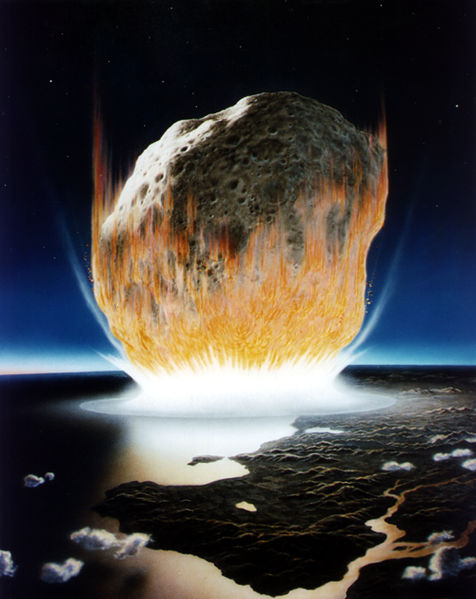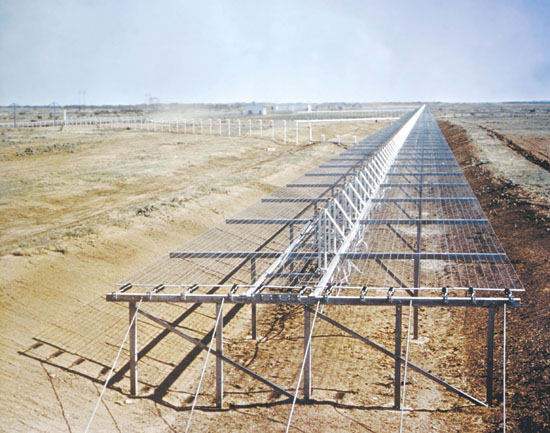The sky is falling!

Human beings have always had a fascination with things that fall from the sky. The great dome of our planet is, after all, a vast empty space and we really just don’t expect large rocks to come from that direction. In the distant past, they were considered omens or signs of the gods. Nowadays, we know a bit more about them so the superstitions have been replaced with curiosity and YouTube video compilations. Pretty much everyone has heard about the meteor strike in
The idea that a meteor, asteroid or comet is going to come careening into our solar system on a collision course with Earth is becoming more and more accepted. The chances of this happening are quite slim, but people still worry. If an event like this did occur, it could mean the end of life as we know it. So we need to be prepared for this, right? Luckily, we might have a chance to see what a life-ending impact might look like, albeit on a planet not our own.
A comet is on its way, but it’s heading toward our neighbor, Mars. The time frame that stargazing scientists have projected is in about 20 months, in October of 2014. The comet, only discovered recently, is named Hartley 2 and by referencing various sighting of it as it makes its way closer, scientists are pretty sure it will at least do a close fly-by on the red planet.
The likelihood of a direct impact is unlikely, however. Current estimates put Hartley 2 within 23,000 miles of Mars when it arrives, but as the comet gets closer to the sun and heats up, the eruption of gases within it can push it around a bit. We may end up with a direct hit or, far more likely, it will come close and then head on its way into deep space again. Either way, it is believed that Mars will get a shower of debris as it passes by, so there will be multiple impacts, if not one giant one. Calculations put the incoming comet at between 9 and 30 miles around, so if it does hit, it would be quite a show, not to mention an invaluable way to study the effects of such a large impact on a celestial body. We can only hope that Curiosity makes it out in one piece, though it’s thought that the cloud of debris will be near-certain death to any and all man-made objects we currently have hanging out in the vicinity.
While a massive impact on Mars may capture the attention as an historical event, this year is looking to be pretty good for the casual stargazer as well. Comets are cruising into the Milky Way left and right and there will be a number of them visible to the naked eye. If you’re interested, you can check out a list of what and when at this site here.
But there was once a time when comets were good and not the life-threatening objects that they are today. Studies coming out of the

To make sure that the human race gets to survive, several organizations are trying their hands at preparing us against roaming space debris. The Defense Advanced Research Projects Agency (DARPA) is already working toward protecting us from what’s already hanging out in orbit - the junk we’ve put there along with things that have gotten stuck over time. Another project, the Space Fence, is doing basically the same thing, though they’re fixing up an antiquated system to be more effective. Of course, they’re also spending more than $3 billion to do it. These projects are likely, in the near future, to evolve into more encompassing programs that could help us defend against objects not already in our orbit.
Of course, it’s unlikely that we’ll be hit with something capable of destroying us, at least in the foreseeable future. Which leads me to wonder if spending all this money is worth it or not. What do you think? Is this just a big waste of money, or is the threat of a large chunk of space rock significant enough to warrant billions of dollars in technological research and manufacturing for an event that may not even occur until that technology is well beyond its prime?
Asteroid Impact courtesy of NASA via Wikicommons
Space Fence courtesty of US NAVY via Wikicommons

0 comments